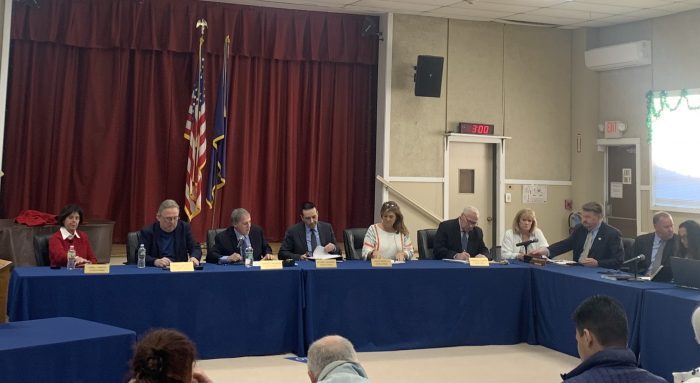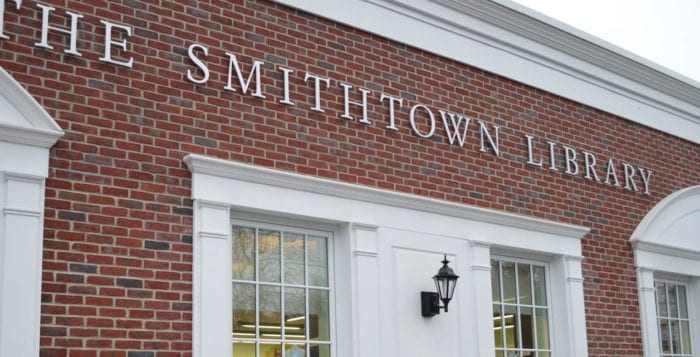By Sabrina Artusa
Earth Day, April 22, is a great day to renew an appreciation for the environment, from the waterfronts of Northport and Port Jefferson to lush parks like Avalon Nature Preserve and Blydenburgh. Let us all reexamine obligations to the natural world.
Taking advantage of the eco-friendly practices and resources offered by our towns is an important way to get involved in sustainability.
Recycling is a well-known strategy to reduce our environmental impact. However, due to lack of resources, inconvenience or distrust in programs, many people pass up the opportunity to decrease the 5 pounds of waste, on average, each of us produces every day.
According to 2019 statistics from the Organisation for Economic Co-operation and Development, only 4% of plastics are recycled in the United States while 73% are sent to landfills.
Mistrust in recycling systems is not wholly unfounded, as plastics are difficult to recycle given the many different types. However, the Town of Smithtown’s recent partnership with Trex Company, a manufacturing corporation that upcycles household plastics for railings and deck construction, offers an outlet for our unwanted plastics.
Trex accepts polyethylene plastic film, such as bubble wrap, produce bags, bread bags, Ziplocs, newspaper sleeves and any other stretchable plastics. The plastic will be classified as either low- or high-density polyethylene, distinctions indicated by the recycling symbols 2 and 4. A 4 indicates low-density PE and a 2 indicates high-density PE.
Trex also accepts plastic bags and shipping wrap — plastics that aren’t accepted in curbside recycling.
Residents can recycle their plastic films at a drop-off container at the Municipal Services Facility in Kings Park.
“With the NexTrex program, you know exactly where your recycled plastics are going and how they will be used,” said Mike Engelmann, Smithtown solid waste coordinator.
Paying more attention to our consumption habits can also help decrease the amount of waste we produce. For instance, avoiding single-use plastics, paying attention to your municipalities recycling protocol, signing up for a beach cleanup and carpooling.
There are several local organizations that support sustainability. For example, Coastal Steward Long Island, located in Port Jefferson Station, holds programs to educate the community on how to preserve our shoreline and the organisms that live on our coasts. This environmental organization is hosting a beach cleanup April 26 at Smith Point Beach.
In addition, Avalon Nature Preserve offers a plethora of programs aimed at increasing youth involvement in nature.
Earth Day reminds us of what actions we can take to preserve the beautiful landscape around us. Smithtown’s NexTrex program can only help the cause.





 Herb Mones, Friends of the Greenway editor-in-chief and president of the Three Village Community Trust, wrote in an email that while there hasn’t been an official sale to either the MTA or to a solar farm firm, it is likely that these sales will happen and that a portion of the Greenway trail will have to be rerouted to accommodate a new rail yard.
Herb Mones, Friends of the Greenway editor-in-chief and president of the Three Village Community Trust, wrote in an email that while there hasn’t been an official sale to either the MTA or to a solar farm firm, it is likely that these sales will happen and that a portion of the Greenway trail will have to be rerouted to accommodate a new rail yard.






